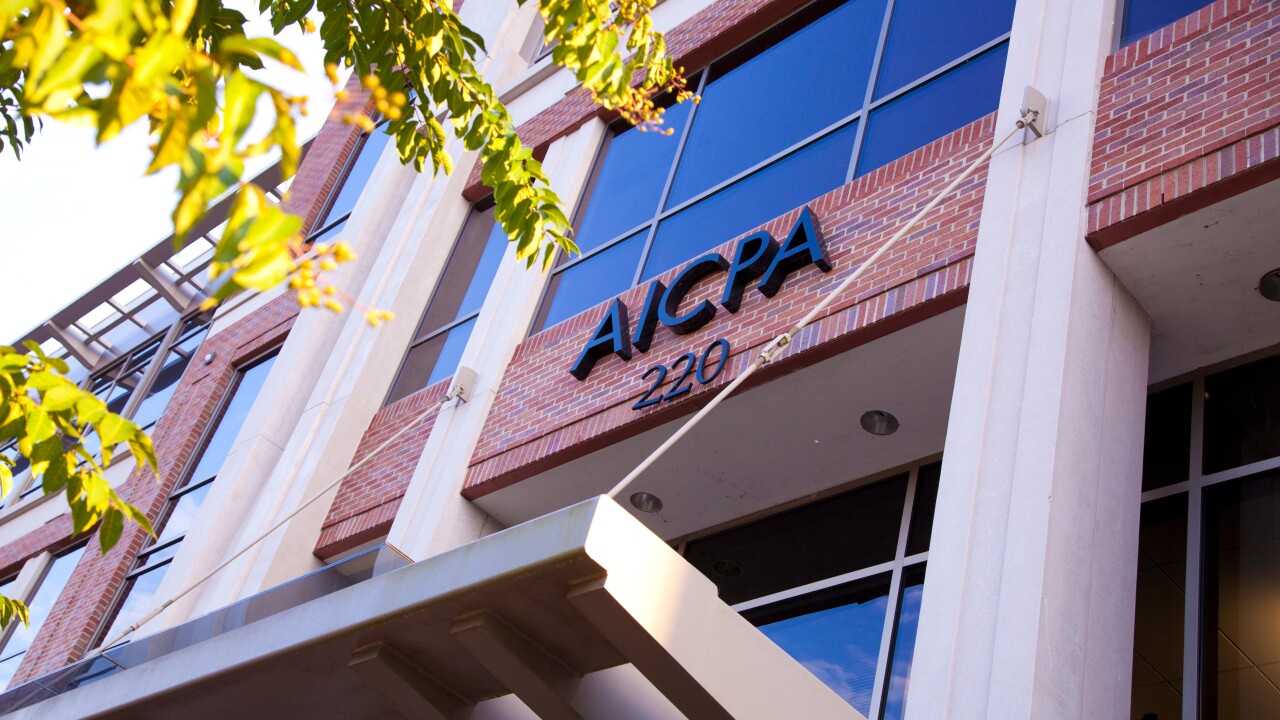A new
Taxpayers in Wyoming ($5,375), Washington ($5,372) and Massachusetts ($5,139) are expected to see the largest average tax cuts in 2026, while taxpayers in West Virginia ($2,503) and Mississippi ($2,401) will see the smallest average tax cuts that year, according to the study.
At the county level, the Tax Foundation predicts the largest average tax cuts will be found in several mountain resort towns. The group estimates Teton County in Wyoming will see an average tax cut of $37,373 per taxpayer in 2026, the highest in the U.S., while Pitkin County, Colorado ($21,363), and Summit County, Utah ($14,537), rank No. 2 and 3 for the largest average tax cuts, reflecting the residences of business owners and higher-earning taxpayers.
The smallest average tax cuts will be found in rural counties, such as Loup County, Nebraska, with an average tax cut of $824 in 2026.
Across all individual tax filers throughout the country, the average tax cut per taxpayer is expected to be $3,752 in 2026. The average tax cut will fall to $2,505 in 2030 as certain individual changes like deductions for tips and overtime income expire, before rising again up to $3,301 in 2035 as inflation increases the nominal value of the permanent tax cuts.
Specific tax changes also exhibit geographic variation. For example, the $40,000 cap on state and local tax deductions ($10,000 cap post-2029) will tend to have the greatest impact on taxpayers in higher-tax localities on the coasts of the U.S.
The Tax Foundation estimates the OBBBA will create about 938,000 full-time equivalent jobs over the long run, ranging from more than 132,000 jobs in California and 81,000 jobs in Texas to about 1,700 new jobs in Vermont.
Other analyses have predicted that lower-income people will lose out under the new tax law from cuts in Medicaid and the Supplemental Nutrition Assistance Program. The Congressional Budget Office released an
The Tax Policy Institute released an






